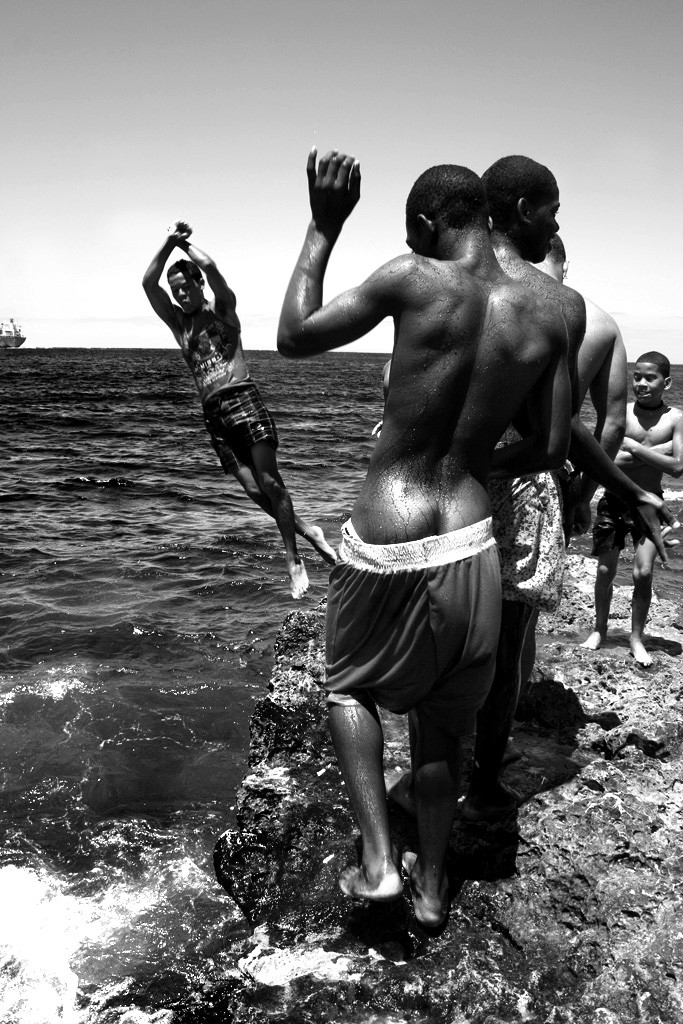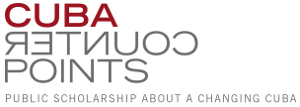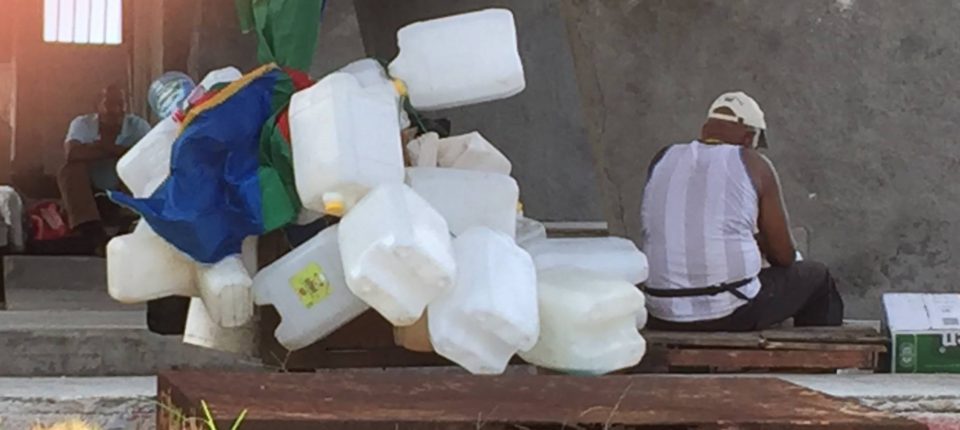Few social transformations have attacked social inequalities more thoroughly than the 1959 Cuban Revolution. However, since the fall of the Soviet Union and Cuba’s subsequent economic crisis, the celebrated social achievements of equality, full scale public employment, and high-quality, universal education and health care have suffered, and there are rising levels of poverty and inequality, growing unemployment, dwindling social services, and a booming black market. Moreover, in the context of a changing economy, new social stratifications are emerging – and doing so along clearly visible, racial lines. Inequality and racism, two key issues the Revolution fought hard to eliminate, are thus once again thriving. This article will explore the forces driving the growing racial inequalities, specifically migration, remittances and foreign citizenship during the island’s current market-oriented reforms.
At the heart of Cuba’s growing racial inequalities lie a complicated set of historical and contemporary factors, including the devastating effects of the Special Period. Since then, state salaries and benefits no longer suffice to make ends meet, and people need to obtain hard currency or the convertible Cuban peso (CUC) to do so. Because legal access to hard currency/CUC is limited to Cuba’s tourist industry, foreign companies, the growing but still small, private entrepreneurial sector, and/or family remittances from abroad, many Cubans are forced to supplement their state wages by participating in the informal and often illegal economy. Moreover, the lucrative hard currency/CUC sectors are all highly correlated with race.
Most Cuban exiles/émigrés who have left the island over the past fifty years tend to be phenotypically white. As research by Hansing and Orozco has shown, the result is that most remittances (estimated at US$ 2.6 billion in 2014) benefit white households, while Afro-Cubans, who make up more than 60% of the island’s population, only receive a tiny share. According to Alejandro de la Fuente, Afro-Cubans were discriminated against job competition in the lucrative sectors of the economy such as tourism intensified, and their relative concentration in areas with run-down and overcrowded housing, the opening of private businesses such as paladares (private restaurants) and bed-and-breakfasts (two of the most lucrative ways of earning hard currency legally) is not a viable option for them. Because of these barriers, most Afro-Cubans have been forced to remain in the low-paying state sector and/or participate in the informal and often illegal economy. As a result, race has once again become a major cleavage in Cuban society since the 1990s.

In an effort to lift Cuba out of its economic woes, President Raúl Castro introduced a sweeping set of reforms in 2011. A new mixed economy is emerging through the cumulative introduction of measures known as: ‘los Lineamientos de la Política Económica y Social’ (lineamientos for short). The most important of these include: massive state worker lay-offs (up to 40%); serious cuts in social spending; the expansion of the private sector in the form of small businesses; a comprehensive agricultural reform; a new tax code; and the legalization of the sale/purchase of private homes and cars by individuals. The much criticized Cuban exit visa was eliminated in early 2013, giving Cubans the possibility to travel more easily.
Although the reforms are being implemented slowly, they are already having a huge impact on the lives of ordinary Cubans. The new, economic and personal freedoms are an important and exciting development. But the reforms are also producing unemployment, leading to further outward migration and ever-increasing poverty and inequality – which are once again correlated with race. Aggravating the situation is the fact that the state has failed to set up a necessary credit system (loans, microcredits etc), infrastructure (wholesale markets) and resources (business training etc.) to start a small business. Only Cubans with access to private capital can thus take advantage of the new economic opportunities. The diaspora is the main provider of both start-up capital (often in the form of private loans and investments, but also of gifts) and material resources. A casual visit to Miami’s international airport attests to the strength of these transnational, entrepreneurial ties, where long lines of Cubans regularly check in huge amounts of goods, ranging from pizza ovens to gym equipment, bound for the island. Given the strong historical links between migration, race and remittances, most of this money and goods are coming from and being sent to phenotypically white families.
Another important but less known factor adding to the growing racial inequality has been Spain’s ‘Historic Memory Law’, which since 2007 offers citizenship to Spanish descendants (offspring and grandchildren). Due to strong Spanish immigration to Cuba in the 1920s and again under General Franco, the number of Cubans who can claim a Spanish grandparent, and thus citizenship, is staggering. Most of these individuals are phenotypically white. For Cubans, a Spanish (and hence EU) passport is the closest thing to winning the lottery. Not only does it allow for virtually worldwide, visa-free travel but it also gives them the possibility to legally live and/or work anywhere in Europe. Taking advantage of the island’s expanding private sector, continued material scarcities, and people’s increasing consumer desires, many are using their new passport to travel with ease to nearby countries, such as Mexico, Panama and the US, and buy consumer goods that are hard to get in Cuba, which they then resell with a handsome markup on the island.
Afro-Cubans are far less likely to have a brother in Miami or a grandmother in Madrid who can offer startup capital for a small business or provide a Spanish passport. The effects of this situation are already clearly visible. Most successful, private businesses, whether paladares, bed and breakfasts, beauty parlors, nightclubs, yoga studios and gyms etc., are owned (and usually managed, staffed and frequented) by white Cubans. Homes in exclusive, overwhelmingly white, neighborhoods, such as El Vedado, Miramar and Siboney, are being bought and sold for exorbitantly high prices and being restored to their former glory with capital from abroad, furthering the association between wealth and whiteness. The contrast with the devastatingly poor, urban shanty towns that are cropping up all around Havana as well as other provincial capitals along the Northeast Coast is dramatic. Most of the people who live in these slum-like dwellings are Afro-Cuban migrants who have come from the island’s even poorer, eastern provinces.
In sum, during Cuba’s current reforms, remittances and Spanish citizenship laws are mainly favoring white Cubans, while Afro-Cubans, who were once considered the backbone of the Revolution, are largely being left out of the island’s new opportunities and increasingly becoming part of Cuba’s ‘have nots’.
In the current context of US-Cuban rapprochement there is much hope and excitement for better political and economic relations between the two countries. In fact, since December 17th, 2014, OFAC has published a series of new regulations, allowing US citizens to send more remittances to Cuba as well as import certain goods from the island, especially those made/sold in the Cuban private sector. Tourism from the US has also increased manifold over the last months and is likely to continue to do so. These are encouraging developments.
However, it is also very likely that social inequalities in general and racial inequalities in particular, will increase through the influx of more capital from the US. It is thus imperative that both the Cuban government and the international community, especially the US, introduce responsible economic and development policies as well as targeted social programs that benefit and support all Cubans during this time of change. If not, the island may sooner than later start to resemble its pre-revolutionary socio-racial reality.
Cover Image by Iraida López
Photo in article by Mabel Llevat Soy, Children in Havana’s Malecón,. All Rights Reserved. (Mabel Llevat Soy is a Cuban-born photographer and art historian living in Barcelona, where she leads photographic tours of the city. She is the author of the La Favorita blog.)


